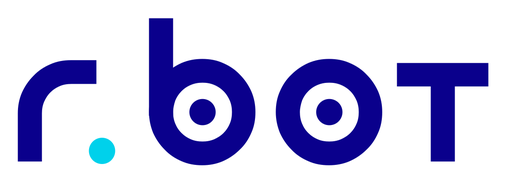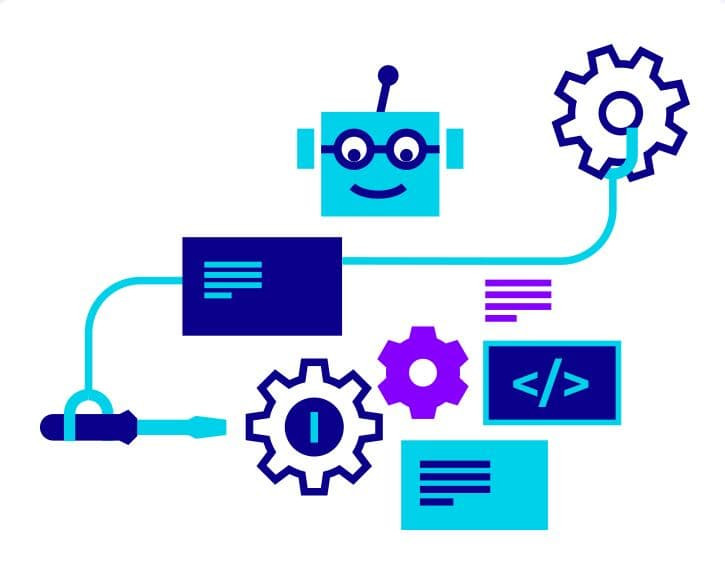BizApps Company

BizApps Company

R.bot RPA is a platform for creating an unlimited number of software robots.
Robotic Process Automation (RPA) is based on the use of software robots that mimic human actions on a computer, saving money by freeing up time and resources spent on repetitive tasks. Today, this approach is being actively used all over the world and the demand for software robots is growing every year.
Let's take a simple example: one of your regular tasks is to upload a bank statement and transfer it to 1C. This process is broken down into several actions: open a browser, log in to the bank system, select a period, upload the statement file and transfer the data to 1C, taking into account certain settings. This algorithm becomes a robot, which subsequently performs these actions independently, but without interruptions, errors and several times faster. Handing over such a task to a robot will save around 378,000 roubles annually.
The main difference between RPA and «classic» automation is that with RPA you can control programmes and systems through an interface, like a usual user does.
| Problem | Solution | Result |
|
Checking compliance of legal entities with the Unified State Register of Legal Entities and other resources. Time per task — up to 4 hours per day. Number of staff involved in the process — 4 people. |
The robot checks the details of the company or sole proprietorship against those in the Unified State Register of Legal Entities. |
Staff are not involved in the checking process. Time per task is reduced to 1 hour per day. Savings: 604800 RUB/year. |
| 3 members of the legal department prepare and send applications via the Federal Bailiff Service website to collect data on the status of enforcement proceedings. It takes 20-35 minutes to prepare and send the application. One employee can send 20-25 applications per day. | The robot receives the party data from the table, generates an application, sends it to the Federal Bailiff Service website, returns to the table and marks the status of the application. |
There is 1 employee involved in the process. The robot sends 1200 requests per week. The number of requests handled has increased 12 times. 6 to 8 hours per day freed up for other tasks of the legal department. |
|
Search for suitable tenders on electronic platforms and submit documents for participation. The task takes 3 hours a day. |
The robot searches for tenders according to given criteria and sends the generated package of documents to the tender site. |
The task takes 1 hour a day. The robot submits up to 50 applications a day, increasing the company's ability to obtain contracts. |
For information on the cost of licences, visit the Website.